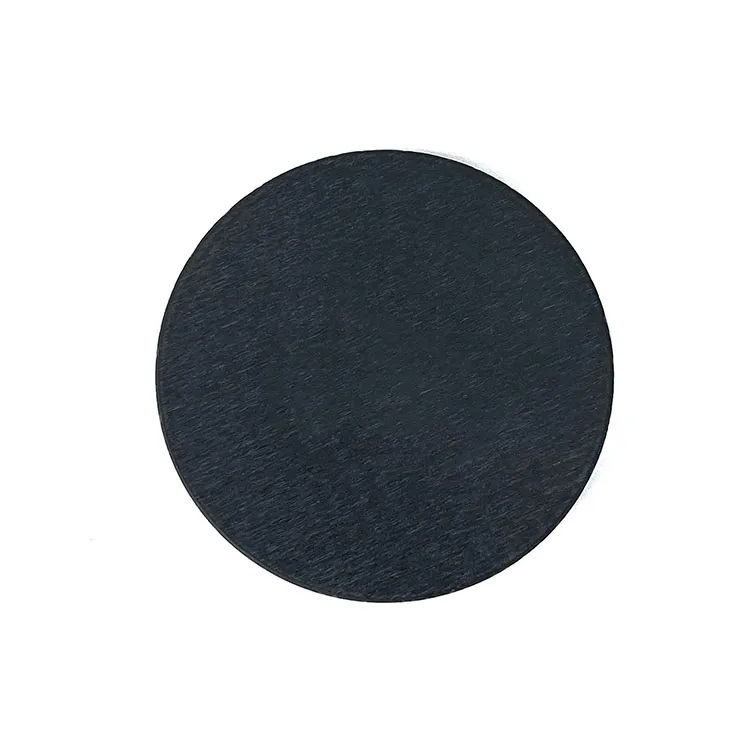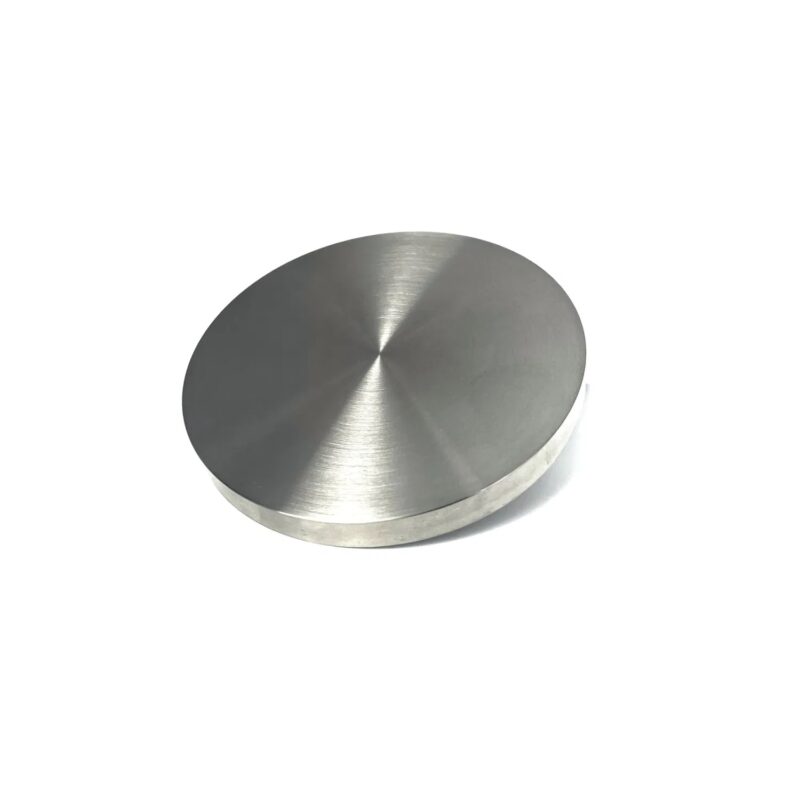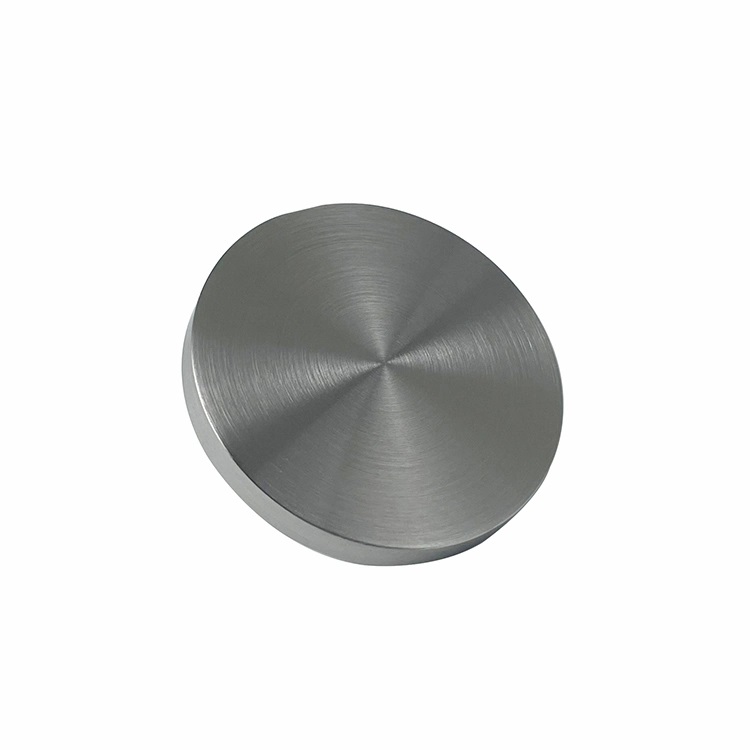Showing 13–20 of 20 results
-

- Narrow Bandgap: CuO is a p-type semiconductor with a narrow bandgap (~1.2-1.7 eV), making it suitable for absorbing visible light, ideal for solar energy and semiconductor applications.
- High Absorption: CuO exhibits excellent light absorption in the visible range, enhancing its efficiency in photovoltaic cells and other optical applications.
- Chemical Stability: CuO thin films are highly stable, offering long-lasting performance in various environmental conditions.
- Customizable: CuO sputtering targets can be tailored in size, shape, and purity to fit specific deposition systems and applications.
-

- Semiconducting Properties: CuO is a p-type semiconductor, making it valuable for use in electronic devices.
- High Absorptivity: CuO has excellent light absorption properties, which is beneficial for solar energy applications.
- Chemical Stability: CuO coatings are chemically stable and can withstand environmental exposure, enhancing the durability of the films.
- Good Adhesion: CuO thin films demonstrate strong adhesion to various substrates, including glass, silicon, and metals.
- Easy Processing: CuO can be easily deposited using standard PVD techniques like thermal evaporation or electron-beam evaporation.
-


- Semiconductor Properties: CuS is a p-type semiconductor, making it suitable for applications in photovoltaics and semiconductor devices.
- High Absorption: Copper Sulfide has strong light absorption characteristics, especially in the visible spectrum, making it ideal for solar energy applications.
- Customizable: CuS sputtering targets can be customized in terms of size, purity, and bonding options to meet specific deposition requirements.
- High Chemical Stability: CuS is chemically stable, which ensures the longevity and durability of the deposited thin films.
-

- Semiconducting Properties: CuSe is a p-type semiconductor material, making it useful in the development of electronic and optoelectronic devices.
- High Absorption Coefficient: It has a high absorption coefficient in certain wavelengths, making it suitable for photovoltaic and optical coating applications.
- Stability: Copper selenide is stable under a wide range of conditions, providing longevity for deposited thin films in various environmental settings.
- Excellent Conductivity: The material demonstrates good electrical conductivity, which is valuable in the context of solar energy harvesting and thermoelectric applications.
-

- Good Conductivity: Offers high electrical and thermal conductivity, making it ideal for electrical applications.
- Strength and Ductility: The alloy combines strength with ductility, allowing for effective deformation during soldering and manufacturing.
- Corrosion Resistance: Provides enhanced resistance to corrosion compared to pure copper.
-


- High Thermal Conductivity: Copper’s excellent thermal conductivity ensures effective heat dissipation in thin-film coatings, crucial for applications in electronics and thermal management systems.
- Mechanical Strength: Molybdenum contributes strength and rigidity to the MoCu alloy, ensuring mechanical stability in high-temperature and high-stress applications.
- Corrosion Resistance: The MoCu alloy provides good resistance to corrosion, making it suitable for use in environments where materials are exposed to moisture, chemicals, or harsh conditions.
- Low Thermal Expansion: The alloy’s combination of molybdenum and copper results in low thermal expansion, reducing the risk of film cracking or damage under thermal stress.
- Customizable Composition: The ratio of molybdenum to copper can be tailored to optimize the thermal, electrical, and mechanical properties to meet specific application requirements.
-


- High Electrical Conductivity: NiCu alloy sputtering targets offer excellent electrical conductivity, making them ideal for thin films in electronic devices where efficient current flow is essential.
- Corrosion Resistance: The combination of nickel and copper provides strong corrosion resistance, allowing the thin films to withstand exposure to chemicals and harsh environments, such as marine and industrial settings.
- Magnetic Properties: NiCu alloys exhibit useful magnetic properties, which can be tailored for specific applications such as sensors, transformers, and other magnetic devices.
- Thermal Stability: NiCu alloy thin films maintain their structural integrity at elevated temperatures, making them suitable for high-temperature applications in aerospace and industrial settings.
- Customizable Composition: The ratio of nickel to copper can be adjusted to optimize the properties of the thin film for specific applications, such as enhancing conductivity or corrosion resistance.
-


- High Electrical Conductivity: NiCuTi alloy sputtering targets deliver excellent electrical conductivity, making them ideal for use in electronic devices requiring efficient current flow and minimal energy loss.
- Corrosion Resistance: The addition of copper and titanium enhances the alloy’s ability to resist corrosion, particularly in environments exposed to chemicals, moisture, and salts.
- Enhanced Mechanical Strength: Titanium in the alloy improves the mechanical strength and wear resistance of NiCuTi thin films, making them suitable for applications requiring durability and high-stress tolerance.
- Thermal Stability: NiCuTi alloy thin films maintain their properties at high temperatures, making them suitable for aerospace and industrial applications involving elevated temperatures.
- Customizable Composition: The ratio of nickel, copper, and titanium in the alloy can be tailored to meet specific requirements, such as improving wear resistance or optimizing corrosion protection.












